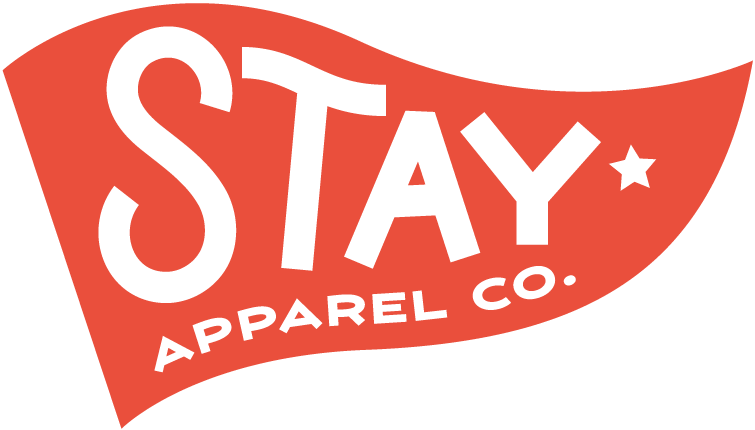Tale of the tee: Sprenger Famous Red Rose Beer
The son and grandson of brewers, Reading, Pa.-born John Abraham Sprenger started in the beer industry with his father at age 10.
It was the beginning of a 50-year career that reached its pinnacle in Sprenger’s adopted hometown, the Red Rose City, Lancaster, Pa. Sprenger Brewery, begun in 1853, would become Lancaster’s largest and operate for nearly 100 years.
Stay honors that legacy with our Sprenger Famous Red Rose Beer Tee.
As a young adult, John Abraham Sprenger briefly operated a brewery in partnership with his brother before striking out on his own. In 1857, according to “A History of Brewing in Lancaster County, Legal and Otherwise,” he built a new brewery and saloon at 125-127 E. King St.
Next, he leased a brewery on South Lime and Locust streets, purchasing it in 1883 and rebuilding and enlarging it. What had been Action Brewery was renamed the Sprenger Excelsior Brewery.
“When completed in 1884, the Sprenger plant was the largest brewery in Lancaster,” according to the history. “Its tall brew house was four stories high, and its storage building towered six stories over the modest neighborhood homes in the Seventh Ward.”
Seized during Prohibition
Sprenger sold it in 1896 to Ferdinand Gerbe and son-in-law Paul Heine, who eventually built the Hotel Brunswick near the brewery “to assure a port for its output,” according to the Intelligencer newspaper. Production reached 60,000 barrels annually at the brewery’s peak.
But in February 1921, Internal Revenue Service agents seized control of Sprenger and three other Lancaster County breweries (Wacker’s, F.A. Rieker and Columbia Brewing) for allegedly producing and selling beverages containing more than one-half of 1 percent alcohol.
“The seizures of the breweries came like a thunderbolt from a clear sky to their operators,” the Examiner-New Era reported. “The (IRS) deputies just walked in, showed their papers and took possession.”
The Sprenger brewery was back in the production of near-beer by late March.
The 18th Amendment to the U.S. Constitution prohibited the production, sale and transport of “intoxicating beverages,” or those containing .5 percent or more of alcohol. Prohibition ended in 1933 with ratification of the 21st Amendment.
Sprenger’s was the first among Lancaster County’s breweries to receive a permit to resume brewing. The June 7, 1933, New Era heralded, “Red Rose Beer to be ready in 15 days.”
But surviving Prohibition was no guarantee of better days ahead, as many small breweries learned.
‘Indifferent success’
The twin forces of industry consolidation and a rising federal beer tax dating to the 1930s saw 185 breweries close or sell out from 1949 and 1958, according to beerhistory.com.
From 1934, when 756 breweries were back in operation, the number shrank to 407 in 1950 and 230 in 1961.
Upon repeal of Prohibition, Pennsylvania alone boasted 300-plus breweries, the Lancaster Intelligencer reported in 1956. When Lancaster County’s Wacker brewing closed that year (the brand was revived in 2014), only 28 breweries remained in the Keystone State.
“Resuming the making of beer after Prohibition,” noted ‘A History of Brewing in Lancaster County,’ (Sprenger) met with indifferent success.”
A news item in the Intelligencer in February 1949 reported on the theft of 27 cases of beer from the Sprenger brewery.
“The thieves dropped a case in their haste and broken bottles were found on the floor.”
Soon, Sprenger was just broken.
Sprenger filled its last bottles and kegs in 1951. The city school district later seized the property for non-payment of taxes and razed the buildings in 1965.
But Sprenger beer lives on today, as Sprenger Famous Red Rose lager introduced by Spring House Brewing in Lancaster and, of course, in our Sprenger Famous Red Rose Beer Tee.


